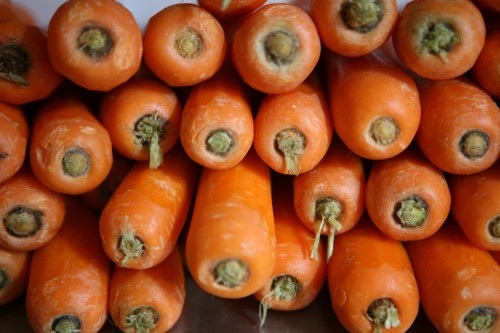
Now that the festivities of Christmas are coming to a close and the joys of lazing on the sofa munching ones way through boxes of chocolates have begun to get a little repetitive (or rather, the delights of a coach-potato lifestyle have started to take their toll on one’s waistline…) January arrives and with it continual cold, dark weather with no Santa Claus to ease the pain of returning to work or school.
If like me, your New Year’s resolutions focus more on the unobtainable with each year a lone 7am jog lasts for a mere ten minutes and leads to burning lungs and freezing hands and after which I realise that early starts, biting winds and a distinct lack of motivation mean that, as ever, another good intention will swiftly subside. January is the most crowded month in the gym, with membership soaring, yet, by midway through this bleak month, the treadmills empty. Apparently the solution to this wasted cash and bulging waistlines is to give oneself more realistic goals such as power-walking for ten minutes daily, or choosing the stairs over the lift. Achievable, definitely: memorable, maybe.
On the food front January heralds the rise in diet book sales, though these mainly lighten ones wallets not ones’ weight. Keeping to a strict regime during the most depressing month of the year seems impossible and with current economic doom and gloom the idea of dietary self-deprivation sends most running to the vending machine.
Nonetheless, it is true what you eat can hugely affect both energy levels and mood and thus to prevent January blues, it is better to eat little and often and stick to wholegrains rather than refined sugars as this will keep energy levels stable and prevent the depressing reality of sugar lows. The following five suggestions for January dishes keep this principle in mind and are all based on seasonal ingredients, allowing the food-mile-reducing resolution to be kept.
- Breakfast: muesli with pomegranate seeds. Oats are great for keeping energy levels stable, thus avoiding a 10am energy slump and a desperate reach for a chocolate bar. They are also high in tryptophan, needed to synthesise serotonin, the hormone which keeps one happy. Calcium in milk is needed for strong bones, whilst seasonal pomegranates are high in antioxidants and thus good for the skin. Skipping breakfast can destroy concentration and having something to eat in the morning kick-starts one’s metabolism for the day, meaning that if you are on a diet, breakfast is especially important.
- Mid-morning snack: to keep energy levels and concentration up until lunch some clementines will do the trick. Packed with vitamin C, thus important in warding off colds, these little orange fruit will probably be much reduced post-Christmas, lightening one’s conscience but not one’s wallet.
- Lunch: Spinach and watercress salad with smoked mackerel and wholemeal toast. Both spinach and watercress are high in iron which is important for beating tiredness, whilst oily fish, such as mackerel are full of omega fats which are implicated in good brain function. Wholemeal toast spread with olive oil, will slowly release energy throughout the afternoon, whilst olive oil is good for the heart.
- Supper: roasted vegetables with couscous or quinoa, with houmous or poached eggs. Root vegetables such as butternut squash, onions and parsnips are all in season and these chopped up and roasted drizzled in olive oil and balsamic vinegar for around fifty minutes taste delicious. To add flavour to couscous or quinoa, stir the prepared grain into the roasting dish with the cooked vegetables, adding a little more olive oil, balsamic vinegar or lemon juice to taste. A poached egg on top of this vegetable-grain medley also adds flavour and protein to the dish; whilst a dollop of homemade houmous is equally good. To make houmous, blitz together cooked chickpeas, olive oil, garlic and water in a blender and season to taste.
- Pudding: at this time of year, in my opinion there is only one sweet dish to end a meal: rhubarb crumble. Forced rhubarb is in season and stewed alone with some honey or other sweetener to taste is deliciously warming. For a more decadent take, add a crumble topping, which can be made healthier by using wholemeal flour and by the addition of chopped nuts.



One Response
Stay in touch with the conversation, subscribe to the RSS feed for comments on this post.
Continuing the Discussion